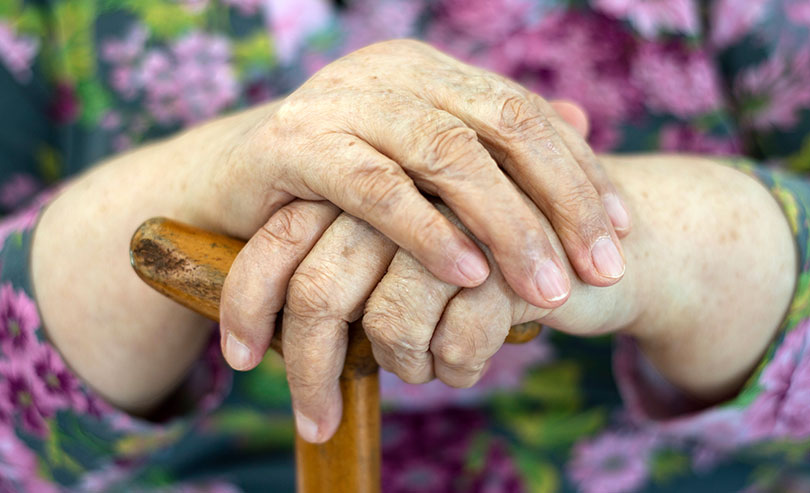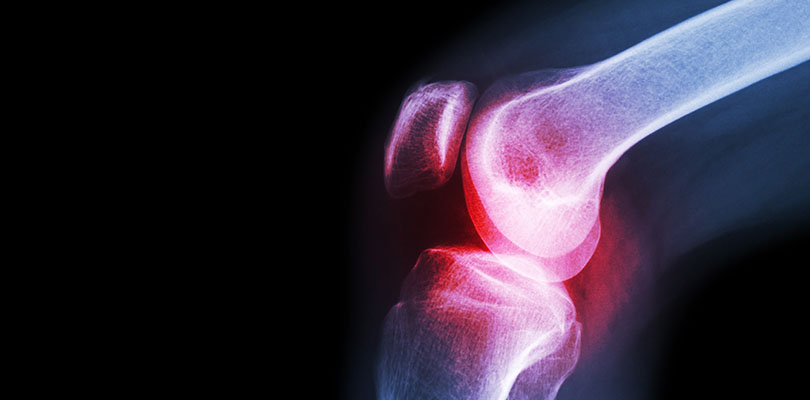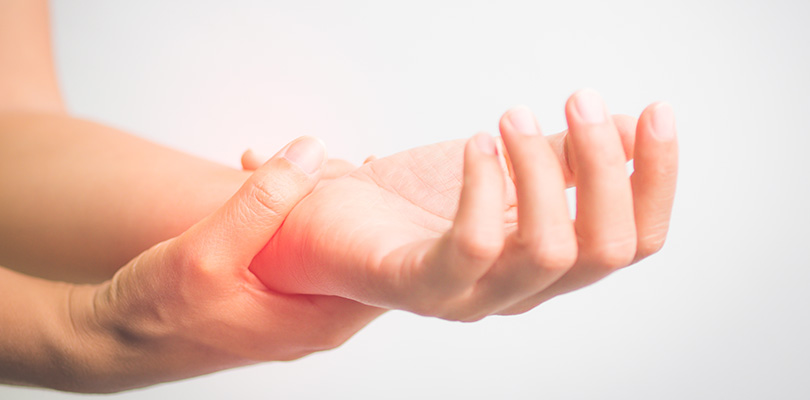
Photo Credit: Image Point Fr / Shutterstock.com
Arthritis Therapy
When it comes to treating arthritis pain, anti-inflammatory medication (sometimes with opioid pain relievers) is the traditional first course of action, but it’s not your only option.
If you worry about drug side effects, combining meds with your current regimen, or simply prefer a more topical or holistic route, consider these therapies that can relieve the pain and stiffness in your joints.
In many cases, a combination of pharmaceutical treatment and alternative therapy will bring the best results, and considering the range of therapies available, it’s well worth keeping an open mind and exploring new approaches with the help of your doctor.
1. Hypnosis
Hypnosis is no party trick – it has real, far-reaching effects for a variety of conditions, including arthritis. In fact, studies show that 75% of arthritis sufferers experience significant pain relief with hypnosis therapy, and the biggest benefits come to those who stick with it for an extended period of time.
The keys to hypnosis are relaxation and redirection: relaxing the mind will reduce anxiety and tension, your nervous system becomes less reactive to the pain, and the trance-like state will direct your attention away from your discomfort. You’ll probably begin to feel relief after just a few sessions with a trained hypnotist, but the techniques you take away to use at home are just as important for long-lasting results.
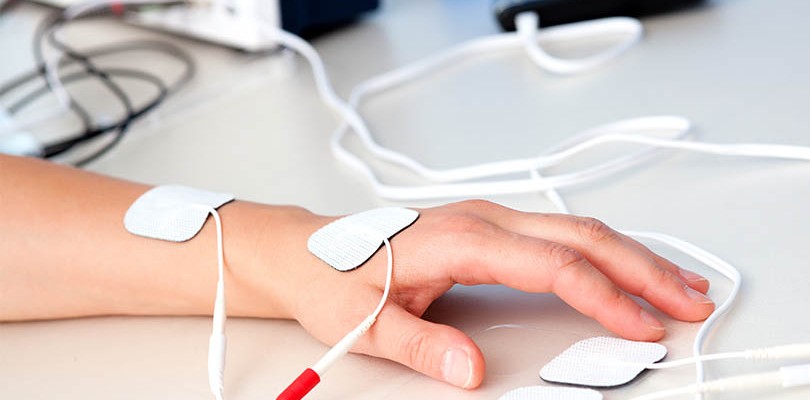
Photo Credit: motorolka / Shutterstock.com
2. TENS Therapy
Electricity can be your ally when you suffer from chronic pain, as anyone who has tried TENS therapy will tell you. With the help of a pocket-sized machine, electrical current is sent to precise spots on the body through electrodes, which will quell arthritis pain in two ways: the sensation of the current “overpowers” the pain signals in your body, and it can stimulate the brain to release endorphins (your natural pain killers). Since there’s no medication involved in TENS therapy, it’s a good choice for most arthritis patients, as long as you don’t have a pacemaker or any open wounds.
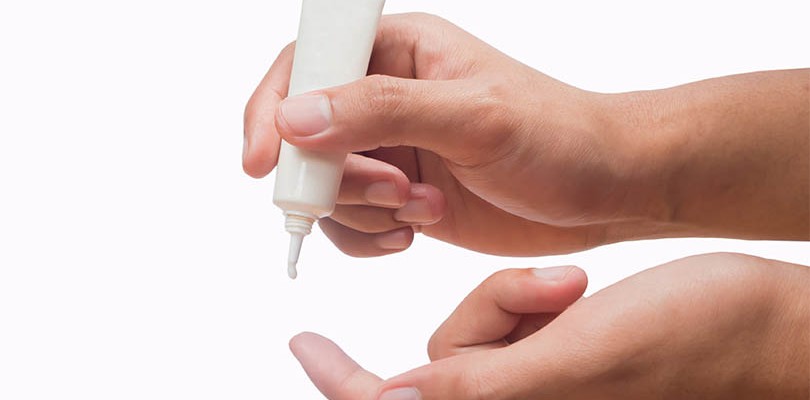
Photo Credit: P.Kanchana / Shutterstock.com
3. Topical Medications
There are a few types of creams, gels and ointments that can relieve pain, but topical NSAIDs are the best choices for arthritis-related pain and inflammation. They come in the form of patches, sprays, or gels, and work by delivering the medication right into the joint fluid to fight off inflammatory proteins.
Not only do these sorts of NSAIDs have a direct effect on your pain and swelling, they may also be safer than the anti-inflammatories you take in pill form: experts suspect that the topical medications bring fewer cardiovascular risks and gastrointestinal side effects, since they don’t circulate widely throughout the body.

Photo Credit: sheff / Shutterstock.com
4. Steroid Injection
While topical pain killers will sink through the skin and into the joint, a steroid injection delivers a powerful and long-lasting shot of relief right into the affected area. After your doctor injects a measure or cortisone, hydrocortisone or prednisone into the joint, and you’ll probably notice quick and remarkable improvement: almost everyone will notice a huge decrease in pain and inflammation that lasts for months or even longer.
But while corticosteroids can be powerful weapons in the fight against inflammation, they must be used carefully – you can only have two or three shots a year without risking damage to your ligaments and tendons.
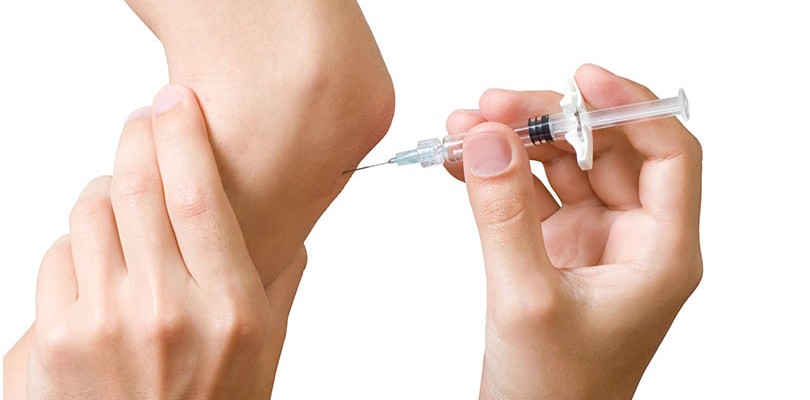
Photo Credit: gresei / Shutterstock.com
5. Hyaluronic Acid Injection
For arthritis pain and inflammation in the knees, a boost to the cartilage can help with the discomfort. Like corticosteroids, hyaluronic acid (a component of natural cartilage) gets right to the heart of the matter: the slippery fluid is injected right into the joint space to help feed and repair the damaged cartilage that’s causing you pain.
Not every patient will see significant results, but there’s only a very small risk of allergic reaction, and those who do notice improvement report long-lasting relief. Since the treatment is only suitable for arthritis in the knees, you may need to combine hyaluronic injections with other therapies for widespread pain relief.
Getting any physical or mental health diagnosis puts high levels of stress on you.

Photo Credit: marekuliasz / Shutterstock.com
6. Nutritional Supplements
Vitamins, herbs and minerals can be as powerful as pharmaceutical drugs when it comes to pain relief, and there are a few particularly useful compounds for arthritis patients. S-Adenosylmethionine – better known as SAM-e – is a synthetic form of a naturally occurring chemical found in all cells, and it can work just as well as NSAIDs on inflammatory pain.
There are also several plant compounds that have proven pain-relieving abilities without many side effects, such as capsaicin (the heat-producing compound in chili peppers), curcumin (a chemical in turmeric) and boswellia serrata (also known as Indian frankincense). It’s never a good idea to start supplementing without first consulting with your doctor, so be sure to get their opinion before you proceed.
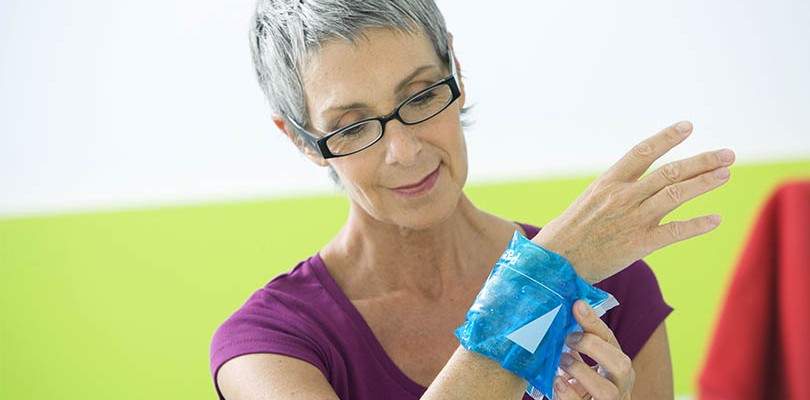
Photo Credit: Image Point Fr / Shutterstock.com
7. Heat and Cold Therapy
Using heat or cold packs on painful areas can have profound results, but it’s important to know when and how to use either technique. Generally, heat works better for osteoarthritis, when inflammation is low but stiffness and pain is high: a heating pad, moist compress, or hot bath will dilate blood vessels, encourage blood circulation, and relax muscles in the painful area.
On the other hand, arthritis involving inflammation will respond better to cold treatments, which help to reduce swelling by constricting the blood vessels, and send numbing sensations to intercept pain signals.
Both heat treatments and cold treatments need some time to work their magic – experts recommend 15-minute stretches, a few times throughout the day.
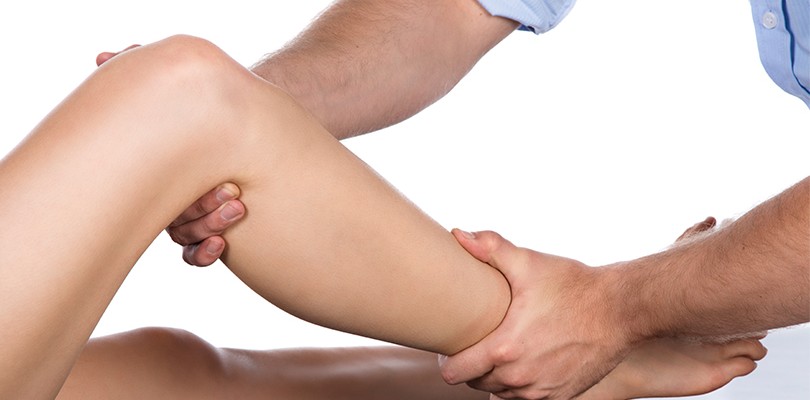
Photo Credit: Nanette_Grebe / Shutterstock.com
8. Physical Therapy
Getting active – and staying active – is one of the very best treatments for arthritic joints. But to get the most from strengthening, flexibility, and aerobic exercises, you’ll need to work with a physiotherapist who can guide you through precise movements, and monitor your form.
Physical therapy is good for any type of arthritis, and is incredibly customizable: regardless of your range of motion or level of strength at the outset, you will see improvement as you build up your fitness in every way. The major risk with exercise and physical therapy is doing too much, too soon, so be sure to stick with low-impact routines and rest when you need it.
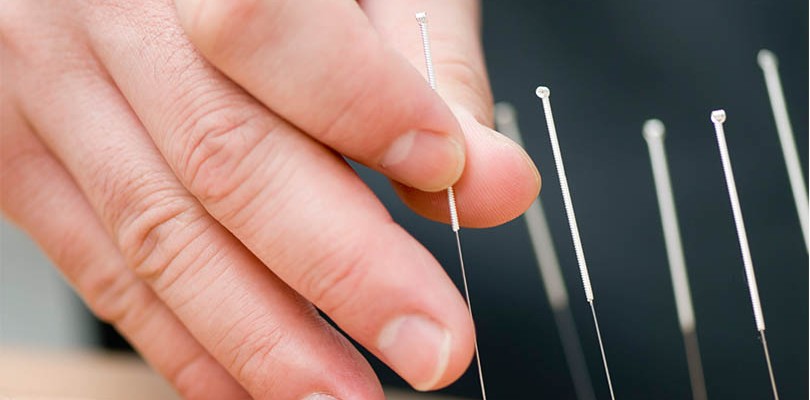
Photo Credit: zilli / Shutterstock.com
9. Acupuncture
This ancient Chinese medicinal technique has been adopted by more Western practitioners in recent years, to the delight of many arthritis sufferers. Skeptics insist that the placement of thin needles at various points in the body won’t do anything for pain or disease, but there is some scientific explanation behind this “energizing” technique.
Inserting the needles may encourage your body to produce more endorphins, which are natural pain relievers, and can improve blood flow to help get rid of metabolic by-products that can cause pain and inflammation. As long as you work with a licensed acupuncturist, this is a safe procedure for most arthritis patients.

Photo Credit: Staras / Shutterstock.com
10. Pain Pump
In severe cases of arthritis where pain is constant, a slightly more invasive procedure may be the better option. A pain pump is programmed to deliver pain medication directly to the painful area, with the help of a catheter inserted close to the spinal cord. It works well for low back pain caused by various types of arthritis, and like steroid injections, the pump reduces the risk of side effects by targeting the specific site of pain rather than circulating medication throughout the whole body.
However, the procedure is not risk-free: there is the possibility of infection that comes with any surgery, the catheter could become blocked, and the battery will need to be replaced every five to seven years – which will require another operation.
Fortunately, there are plenty of arthritis therapies out there, but it can take time to find the ones that work well for you. If you suspect view private instagram 2017 arthritis, don’t assume it’s osteoarthritis, rheumatoid arthritis, or any other form without taking the appropriate tests; different types of arthritis will respond to different types of treatment, so the first step is an accurate diagnosis.
Once your doctor is certain how your joints are behaving, they will be able to create a suitable action plan to diminish the pain and prevent more damage to your joints.
Read more about treatments for osteoarthritis and treatments for rheumatoid arthritis over at NewLifeOutlook.
It's time to look at your psoriatic arthritis pain options. Here are six things you can do to reduce psoriatic arthritis pain.






